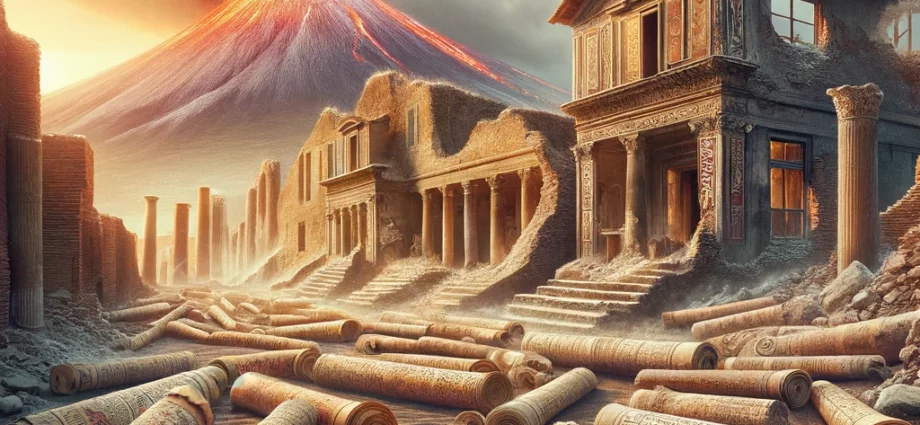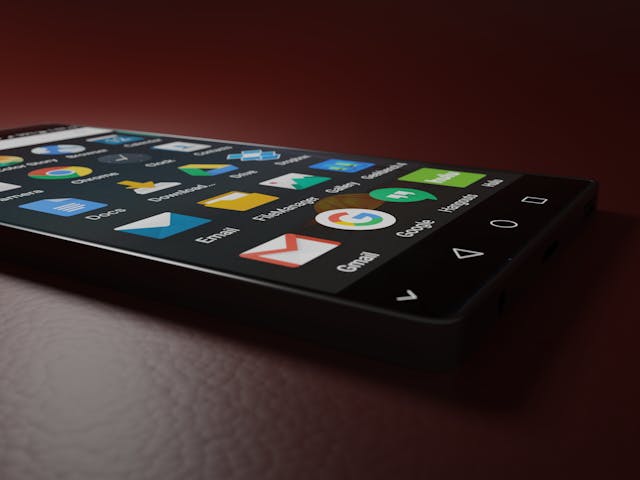In a groundbreaking feat, archaeologists have employed artificial intelligence to decode texts from papyrus scrolls that were buried under ash during Mount Vesuvius’ eruption in A.D. 79. This innovative approach promises to unlock centuries-old secrets from the ancient Roman town of Herculaneum.
Key Points
- Historical Discovery: The Herculaneum papyri, a treasure trove of around 1,000 scrolls, were discovered in a villa believed to belong to Julius Caesar’s father-in-law. These scrolls, carbonized by the eruption, have remained largely unread until now.
- Innovative Techniques: A combination of 3D X-ray imaging and AI algorithms has enabled researchers to “virtually unwrap” the scrolls and decipher texts that have been inaccessible for nearly two millennia.
- Global Collaboration: The breakthrough was achieved through the Vesuvius Challenge, a global competition with a $1 million prize pool, encouraging researchers worldwide to develop solutions for reading the remaining 270 closed scrolls.
- Revolutionary Findings: Early results from the project have revealed new texts by potentially Epicurean philosophers on topics such as music, food, and the enjoyment of life, offering fresh insights into ancient philosophies and daily life.
- Future Implications: This success not only sheds light on ancient wisdom but also opens new avenues for the study of historical documents, demonstrating the transformative potential of AI in archaeology and historical research.
Source: Secrets of ancient Herculaneum scroll deciphered by AI
Keep up to date on the latest AI news and tools by subscribing to our weekly newsletter, or following up on Twitter and Facebook.
Spread the love







